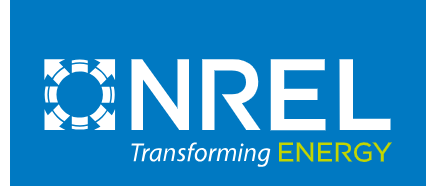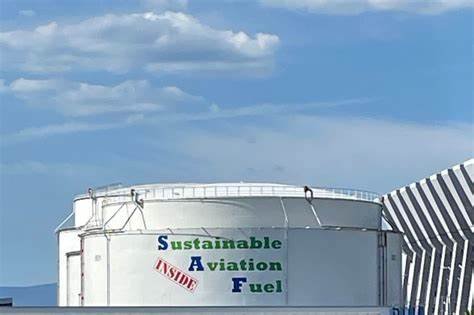FOR IMMEDIATE RELEASE
We are pleased to announce that Benchmark Renewable Energy has updated its Memorandum of Understanding with The United Sorghum Checkoff Program and North Carolina State University to develop a sustainable sorghum cultivation program. This program is designed to create jobs, improve local economic conditions, and complement the feedstock availability for our advanced biofuel plant in Raeford, North Carolina.
Benchmark’s engineering and operational model for the plant, conforms with multiple sustainability elements as stated in the UN’s Sustainable Development Goals (SDG).
Benchmark Sustainable Production Program Overview
Benchmark Renewable Energy is implementing a 10-year sustainable production plan to encourage the adoption of sustainable farming practices. The core objectives are to improve the logistics of feedstock supply to the Raeford Ethanol plant and to promote proven pathways that will lower the Carbon Index (CI) of fuel ethanol.
We are collaborating with the United Sorghum Checkoff Program, North Carolina State University, and multiple local seed and fertilizer suppliers to increase grain sorghum cultivation in North Carolina, while promoting responsible farming practices.
- The 10-year objective is to reach 400,000 local acres of grain sorghum. The plant requires between 160,000 and 200,000 acres, depending on yields, to achieve capacity production.
- By lowering the amount of grain sorghum imported from the Midwest, we will significantly reduce the carbon footprint associated with feedstock transportation.
- While the plant will initially use grain sorghum, Benchmark plans to deploy sweet sorghum as an alternate feedstock and use camelina oil seeds to complement sorghum oil extraction, facilitating the potential of future production of Sustainable Aviation Fuel (SAF) at the plant.
Feedstock Farming & Local Supervision
Benchmark is developing a database of qualifying local sorghum farmers and will issue annual farming guidelines aimed at reducing the CI of the grain sorghum delivered to the plant.
Qualifying farmers who comply with the guidelines, as confirmed through periodic supervision and certification, will be entitled to receive a premium over the commodity price per bushel from CHS, the Raeford facilities contracted grain procurement agent. This price premium will be published annually based on a point matrix of qualifying criteria.
The annual qualifying criteria will include:
1. Renewable Fuels Use at the Farm: Substituting renewable fuels for conventional diesel and gasoline in farm equipment (estimated reduction of 3 g CO2e/MJ ethanol).
2. Cover Crops and Proper Crop Rotation: Implementing soil recovery programs utilizing crop rotation (estimated net soil carbon benefit of 73 g CO2e/bu of sorghum).
3. Renewable Fertilizer Use (Renewable Ammonia for Nitrogen): Sourcing renewable ammonia to significantly reduce the CI of nitrogen fertilizers (estimated reduction of 10.5 g CO2e/MJ).
4. 4R Fertilizer Management (Right time, Right place, Right form, and Right rate): Utilizing optimized fertilizer management techniques, including GPS-guided precision application and modeling, which requires intense supervision by Benchmark to ensure steady yield increases and production efficiency.
5. Enhanced Efficiency Fertilizers (EEFs): Using chemically-modified or supplemented fertilizers to increase stability, reduce decomposition, and lower emissions (estimated reduction of 2.2 g CO2e/MJ).
Benchmark has the technology and in-house capabilities, and importantly, senior management’s commitment, to drive this 10-year strategic program and improve grain sorghum yields, while promoting best practices for farmers in North Carolina. Benchmark is also committing to best practices for detailed reporting of the Company's efforts, especially pertaining to responsibly sourcing its grain feedstocks
For additional information, please contact the company.
CI Source: Pathways to Net-Zero Ethanol report. Scenarios for Ethanol Producers to Achieve Carbon Neutrality by 2050. Prepared by Isaac Emery, Ph.D., Informed Sustainability Consulting, LLC Everett, WA, with assistance from Eric Joyce and Christian Salles, PreScouter, Inc. Chicago, IL. February 2022.













